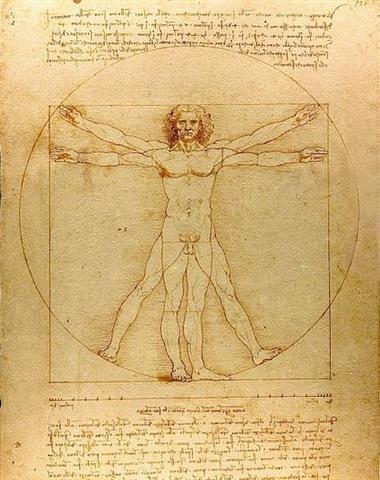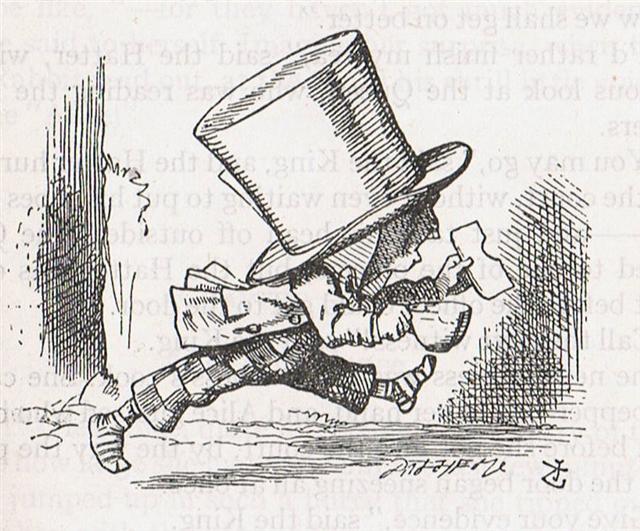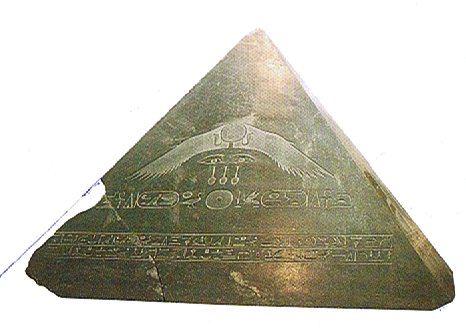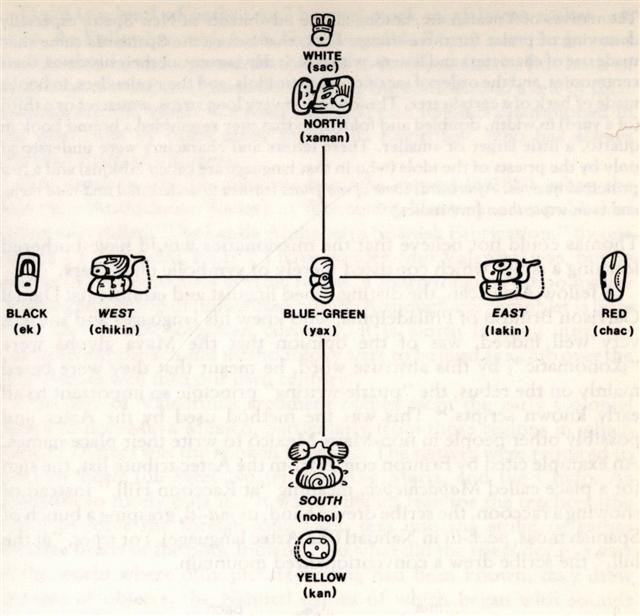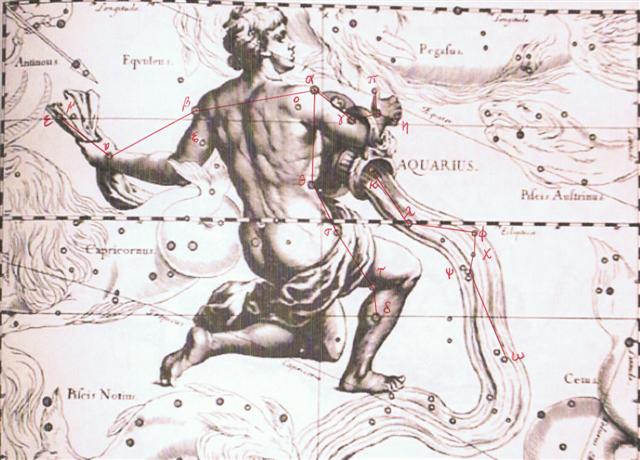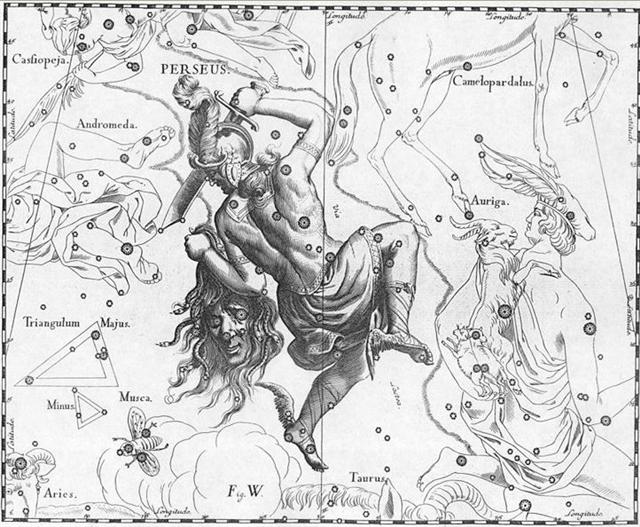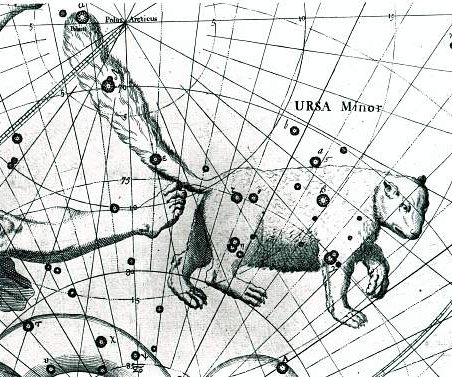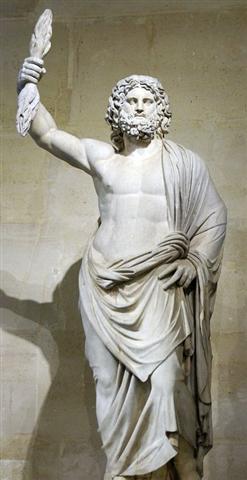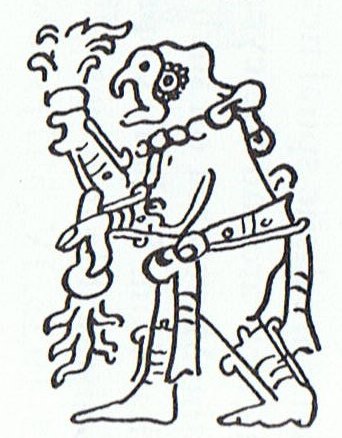240. Once again. When the smith collided with the hard surface of mother earth his previous snake-like limbs abruptly were forced to change shape in order to adapt to moving on land (as well as to work all the time, tilling and weeding the fields): ... During his descent the ancestor still possessed the quality of a water spirit, and his body, though preserving its human appearance, owing to its being that of a regenerated man, was equipped with four flexible limbs like serpents after the pattern of the arms of the Great Nummo. The ground was rapidly approaching. The ancestor was still standing, his arms in front of him and the hammer and anvil hanging across his limbs. The shock of his final impact on the earth when he came to the end of the rainbow, scattered in a cloud of dust the animals, vegetables and men disposed on the steps. When calm was restored, the smith was still on the roof, standing erect facing towards the north, his tools still in the same position. But in the shock of landing the hammer and the anvil had broken his arms and legs at the level of elbows and knees, which he did not have before. He thus acquired the joints proper to the new human form, which was to spread over the earth and to devote itself to toil ...
The elbow of Nut (Night) was thus only pars pro toto - a sign exhibiting a part of the total complex.
Furthermore, the rainbow bird (Plover, Tuli)
hovering above and then alighting on the uplifted reef inspired the names not only for the significant parts (pars pro toto) of the arms (viz. tulilima, elbows) and legs (viz. tulivae, knees) but also of the neck (tuliulu): ... Fakataka swims and swims, reaching another land. She goes there and stays on the upraised reef in the freshwater pools on the reef, and there delivers her child, a boy child. She gives him the name Taetagaloa [= not Tangaroa]. When the baby is born a golden plover flies over and alights upon the reef. (Kua fanau lā te pepe kae lele mai te tuli oi tū mai i te papa). And so the woman thus names various parts of the child beginning with the name 'the plover' (tuli): neck (tuliulu), elbow (tulilima), knee (tulivae). They go inland at the land. The child nursed and tended grows up, is able to go and play. Each day he now goes off a bit further away, moving some distance away from the house, and then returns to their house. So it goes on and the child is fully grown and goes to play far away from the place where they live. He goes over to where some work is being done by a father and son. Likāvaka is the name of the father - a canoe-builder, while his son is Kiukava ... ... Kavakava, rib; moi kavakava, a house god G. P Mgv.: vakavaka, the breast. Mq.: vakavaka, vaávaá, rib. Ma.: wakawaka, parallel ridges. We shall need all the available material in order to determine the germ sense of this word. Sa.: va'ava'a, the breast-bone of a bird; fa'ava'a, the frame as of a slate. To.: vakavaka, the side. Fu.: vakavaka, the side below the armpit. Ha.: hoowaa, to make furrows. In all these we may see the idea of ridge or depression, or of both, as primal (Rapanui, Samoa, Marquesas, Maori, Hawaii), and as secondary the part of the body where such appearances is common (Mangareva, Tonga, Futuna) ... The 'corners' ('knuckles', tuli) of the body of Tae-tagaloa were 5 (2 elbows + 2 knees + the neck for lifting the head high), and this was the quincunx pattern:
... The Tawantinsuyu - 'the indivisible four quarters' - was unified and presided over by Cusco, the center. Similarly, history was divided into four previous ages, presided over by a fifth, the present. In his book, Waman Puma organizes the history of both Old and New worlds according to this scheme. The Old Testament and the pre-Inca times are each divided into four equivalent and parallel ages. The 'present' age in Peru begins with the appearance of Manku Qhapaq, the first Inca, a being of supernatural origin. And in the Old World the 'present' starts with the birth of Jesus Christ ... The shape of 'the indivisible 4 quarters' presided over by a 5th, was that of a pyramid and its foundation was the surface of the 'earth', ruled by Mercury - because he was unable to raise himself high up towards the roof of the night sky (nor able to reach far down into the Underworld). He was too close to the Sun. ... Ganz ähnlich is der Name 'Gott von Duazag' des Gottes Nabū ... zu erklären. Er bezeichnet ihn als den Gott des Wachtstums, welches als aus dem Osten stammend betrachtet wird, weil die Sonne, die das Wachstum bringt, im Osten aufgeht. Dass aber Nabū als Ost-Gott aufgefasst wurde, hängt damit zusammen, dass sein Stern, der Mercur, nur im Osten oder Westen sichtbar ist ...
Quicksilver (the metal of the Mad Hatter) has been found in the foundations of great ancient pyramids:
... The first emperor of China (Shih Huang Ti) had an enormous subterranean palace built for him as a proper place for his burial. It has been described in detail, and the ceiling (cfr French ciel, sky) was like the night sky with all its stars, whereas the floor was submerged under liquid mercury (reflecting the stars above). The beginning was at the bottom and the top was the end.
And recent archeological excavations at Teotihuacan, under the pyramid of Quetzal Coatl (the Serpent with feathers from the Quetzal bird),
have revealed a similar subterranean lake filled with mercury ...
... Mercury was used in the process of curing pelts for hats, making it impossible for hatters to avoid inhaling the mercury fumes given off during the hat making process; hatters and mill workers thus often suffered mercury poisoning, causing neurological damage, including confused speech and distorted vision ... ... In South America the rainbow has a double meaning. On the one hand, as elsewhere, it announces the end of rain; on the other hand, it is considered to be responsible for diseases and various natural disasters [dis-aster]. In its first capacity the rainbow effects a disjunction between the sky and the earth which previously were joined through the medium of rain. In the second capacity it replaces the normal beneficient conjunction by an abnormal, maleficient one - the one it brings about itself between sky and earth by taking the place of water ... The Katawihi distinguish two rainbows: Mawali in the west, and Tini in the east. Tini and Mawali were twin brothers who brought about the flood that inundated the whole world and killed all living people, except two young girls whom they saved to be their companions. It is not advisable to look either of them straight in the eye: to look at Mawali is to become flabby, lazy, and unlucky at hunting and fishing; to look at Tini makes a man so clumsy that he cannot go any distance without stumbling and lacerating his feet against all obstacles in his path, or pick up a sharp instrument without cutting himself ...The Mura also believed that there were two rainbows, an 'upper' [i.e. in the east] and a 'lower' [down in the west where all the stars are descending] ... Similarly, the Tucuna differentiated between the eastern and the western rainbows and believed them both to be subaquatic demons, the masters of fish and potter's clay respectively ... The cycle of Mercury is a fraction more than 115 days and this significant number (= 460 / 4) corresponded to the distance from January 1 to April 25 (115), and also to the cycle of Jupiter minus 283, i.e. 115.88 + 183 = 398.88 - 100:
Furthermore, 193 (July 12 at heliacal Castor) - 78 (March 19) = 115 (April 25). Below the sky roof above there was both land and sea. The 'fish being' Tagaroa ruled the sea and Tae-Tagaroa ('Not-Tagaroa', i.e. Tane) ruled over the land illuminated by the fertile rays from the Sun. ... Hamiora Pio once spoke as follows to the writer: 'Friend! Let me tell of the offspring of Tangaroa-akiukiu, whose two daughters were Hine-raumati (the Summer Maid - personified form of summer) and Hine-takurua (the Winter Maid - personification of winter), both of whom where taken to wife by the sun ... Now, these women had different homes. Hine-takurua lived with her elder Tangaroa (a sea being - origin and personified form of fish). Her labours were connected with Tangaroa - that is, with fish. Hine-raumati dwelt on land, where she cultivated food products, and attended to the taking of game and forest products, all such things connected with Tane ...
However, Tagaroa was both up in the sky and down in the sea, it seems, because when his spirit 'stood away in space' his body was floating in the sea: ... The first god's house in the temple was the body of Ta'aroa's own person, and it became a model for all other god's houses. One day Ta'aroa let himself go into a trance and his spirit stood away in space while his body floated in the sea, then he said to his daughters: 'Oh, girls! How many canoes are there at sea?' And the daughters replied: 'It is like one, it is like one!' Then Ta'aroa's spirit said: 'Who can it be?' And they answered: 'It is thyself assuredly!' ...When the Chorti used 4 'stones' to mark the corners down on the earth and 1 in the center
they could have referred to Kakkab Nammax (Star of Mighty Destiny), i.e. to the Luckiest of the Lucky (β Aquarii) - which in 3149 BC (when Itzam-Yeh, the False Sun, had been defeated) would have risen with the Sun in 1 December = 70 days earlier than in February 9, 2-9. 148 (28 May) - *70 = 78 (March 19), i.e. Itzam-Yeh was probably defeated at the northern spring equinox: 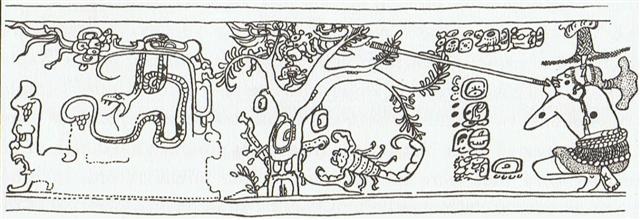
|
||||||||||||||||||||||||||||||||||||||||||||||||||||||||||||||||||||||||||||||||||||||||||||||||||||||||||||||||||||||||||||||||||||||||||||||||||||||||||||||||||||||||||||||
